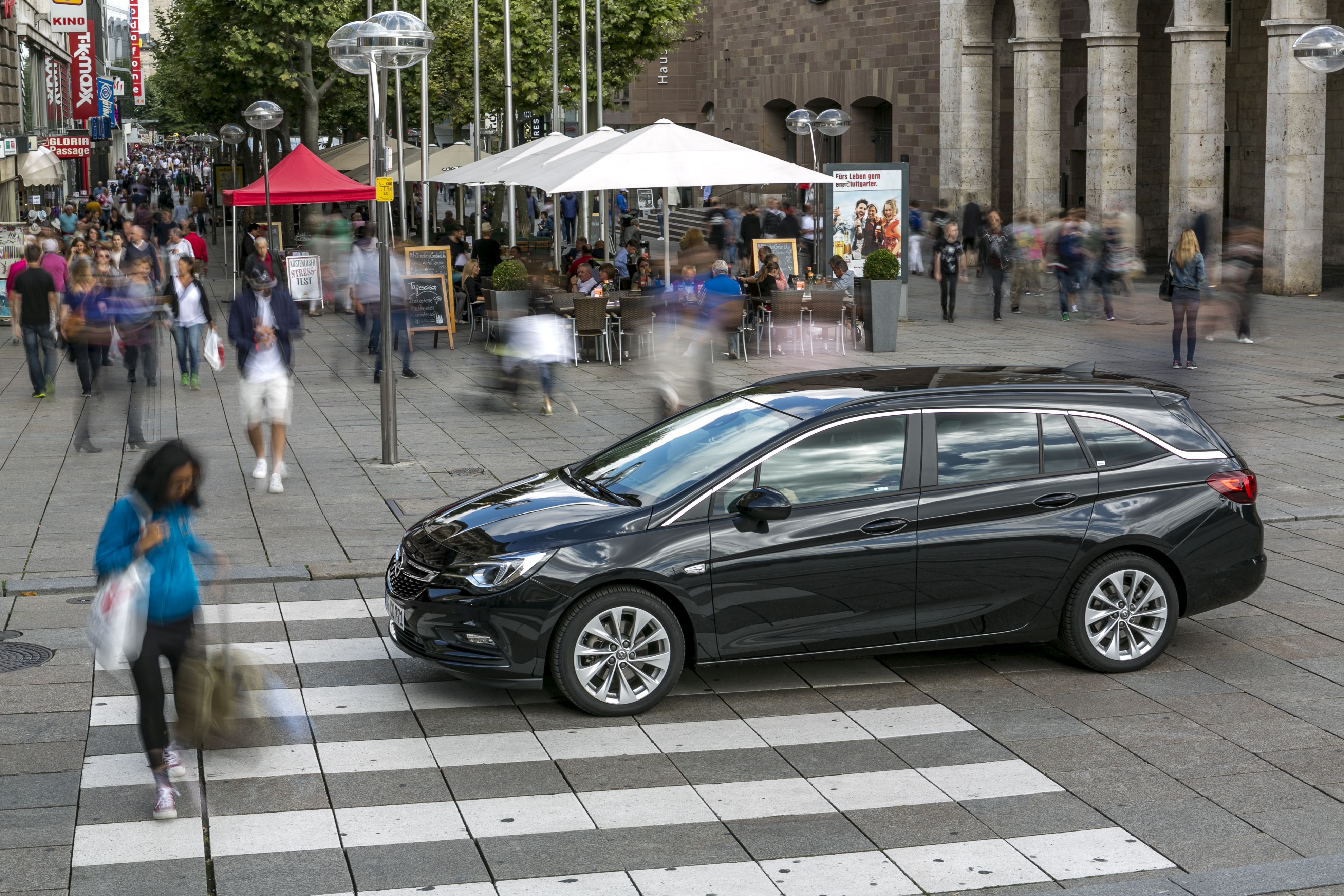Zebra crossings
How do they work? Zebra crossings are marked with black and white stripes on the road and zigzag lines on either side. These markings warn drivers that there may be pedestrians crossing or waiting to cross the road. They also tell drivers that they must give way to pedestrians who have stepped onto the crossing.
Whilst most of us have probably used a pedestrian crossing, over 80% of drivers we surveyed have been using them wrong, revealing they don’t know when to stop for pedestrians. Whilst drivers aren’t legally required to stop for pedestrians approaching a zebra crossing, 81% think this is written in the Highway Code. Alongside this, 58% of drivers admitted they are hesitant about stopping for pedestrians who are lingering nearby.
The Highway Code currently states that motorists must only stop traffic for pedestrians who have stepped foot onto the zebra crossing, but not those approaching or waiting by the side of the road. With safety in mind, it also notes that pedestrians ‘MUST NOT loiter on zebra, pelican or puffin crossings.’
Tips for drivers: Unlike other crossings, there are no traffic lights, only the belisha beacons. As a driver approaching a zebra crossing you must be on the lookout for pedestrians who are potentially about to use the crossing. Equally, pedestrians must be sure that the approaching driver has spotted them before they attempt to cross. When stopping, ensure you do so before the dotted white line. On the approach to the zebra crossing you’ll see white zigzag lines. You should not park your vehicle here under any circumstances and not overtake within the zigzag area.
Pelican crossings
How do they work? These are signal-controlled crossings operated by pedestrians. Here, pedestrians are required to push the control button to activate the traffic signals and wait for a steady green figure to show before crossing with care. Only pedestrians are legally permitted to use pelican crossings, they cannot be used by cyclists (unless they dismount) or horse riders.
Whilst this may seem simple, Brits are confused about who’s allowed to cross here. 71% think cyclists are legally permitted to ride across pelican crossings, whilst one in five revealed they don’t know who’s allowed to use them.
Tips for drivers: On approaching a pelican crossing you’ll see white zigzag lines to indicate a crossing, alongside metal railings along the side of the road, designed to discourage pedestrians from crossing outside of the designated area. Drivers should look to see whether there are pedestrians waiting at either side of the road and be prepared to stop as the traffic lights may turn red shortly. As a driver you’ll see a combination of traffic light sequences at these crossings: red, amber, flashing amber, and green. A flashing amber light signals that you must give way to pedestrians who are crossing the road.
Puffin crossings
How do they work? Essentially, the puffin crossing is the smarter, younger sister to the pelican crossing. They both operate in a very similar way, however puffin crossings are fitted with smart sensors. These sensors indicate when the crossing is clear to release the traffic with a green light, or when a pedestrian may be taking longer to cross the road, which will hold the traffic at a red light a little longer. Although similar to a pelican crossing, puffin crossings do not utilise the flashing amber traffic light which gives pedestrians right of way.
Whilst there are thousands of puffin crossings installed around the UK, it turns out one in three Brits are unable to correctly identify one. Alongside this, 58% admitted they didn’t know puffin crossings could detect when a pedestrian is taking longer to cross the road, which in turn keeps the lights on red.
63% also think that puffin crossings use flashing amber lights as a signal, which is not the case.
Tips for drivers: As with the pelican crossing, ensure you look out for pedestrians waiting to cross. Although similar to a pelican crossing, puffin crossing lights do not utilise the flashing amber traffic light. They operate just like a normal traffic light. It’s possible that a pedestrian will cross at a strange angle and not trigger the sensor so always be on the lookout for pedestrians at a puffin crossing.
Toucan crossings
How do they work? Toucan crossings are light-controlled crossings which allow cyclists and pedestrians to share crossing space and cross at the same time. They are push-button operated. Pedestrians and cyclists will see the green signal together, and cyclists are permitted to ride across. The only physical difference between a toucan and pelican crossing is that the width of the crossing is wider, to allow more room for cyclists. There will also usually be a painted image of a push bike on the crossing to indicate its accessibility to cyclists.
Despite the name toucan being chosen to indicate that two can cross together, a quarter of Brits don’t think pedestrians are allowed to use toucan crossings.
75% also think cyclists have to dismount from their bike to cross, however, unlike other crossings, they do not. Cyclists can ride across a toucan crossing and are only required to get off and walk across zebra, pelican, and puffin crossings.
Advice for drivers: As you would with a pelican or puffin crossing keep an eye out for any pedestrians or cyclists who are waiting to cross the road and be prepared to stop should the lights change. The amber flashing light feature is not used at toucan crossings and traffic lights operate like normal. Be aware of any cyclists who may make a dash across the road as the lights change.
Pegasus crossings
Also known as an equestrian crossing, pegasus crossings are designed for pedestrians and horse riders to cross the road safely together. They are similar to the toucan crossing, allowing two to cross together, however, they are the least common type of pedestrian crossing in the UK. They tend to be located near racecourses or horse training areas, and even feature an additional button raised two metres above the standard button for riders to reach easily.
As the least common type of crossing, it seems they are completely unheard of by many. 39% of Brits admitted they don’t know what a Pegasus crossing is, with one in three failing to correctly identify who is permitted to use them.
Advice for drivers: At a pegasus crossing you’re going to encounter horses, so avoid revving your engine and making any sudden movements, which may startle the horse and cause an accident. Make sure you leave plenty of room between your car and the crossing for the horses to cross the road safely and peacefully. At a pegasus crossing there is no flashing amber light, and the traffic lights will operate like normal. Ensure the horse and rider have completely cleared the crossing before moving off, and when you do so move slowly so not to startle the horse.
Pedestrian refuge islands
A pedestrian refuge island is a raised section of pavement between two lanes of traffic moving in opposite directions. The islands normally have yellow and white plastic bollards with a blue arrow to remind motorists to keep left. Kerbs are dropped at both sides of the road, usually with tactile paving where the pavement slopes towards the road. Refuge Islands allow pedestrians to stop in the centre of the road, so they can split the crossing into two stages for each direction of traffic.
Whilst drivers have priority at a refuge island, 50% of motorists we surveyed are unaware of this, and think they are legally required to stop traffic for a pedestrian to cross.
However, despite this, refuge islands are very effective at increasing safety for pedestrians crossing the road. On a road where pedestrians often cross without a crossing facility, a refuge will decrease pedestrian accidents by around 40%.
Tips for drivers: If you see a pedestrian at a refuge island, be prepared to slow down, as they could step out onto the road. For the pedestrian to cross safely, they must have good judgement of vehicle speeds and gaps in vehicle traffic. Visually impaired people, or those with other disabilities may find refuge island less easy to use compared with a zebra or puffin crossing, so drivers need to be alert.



